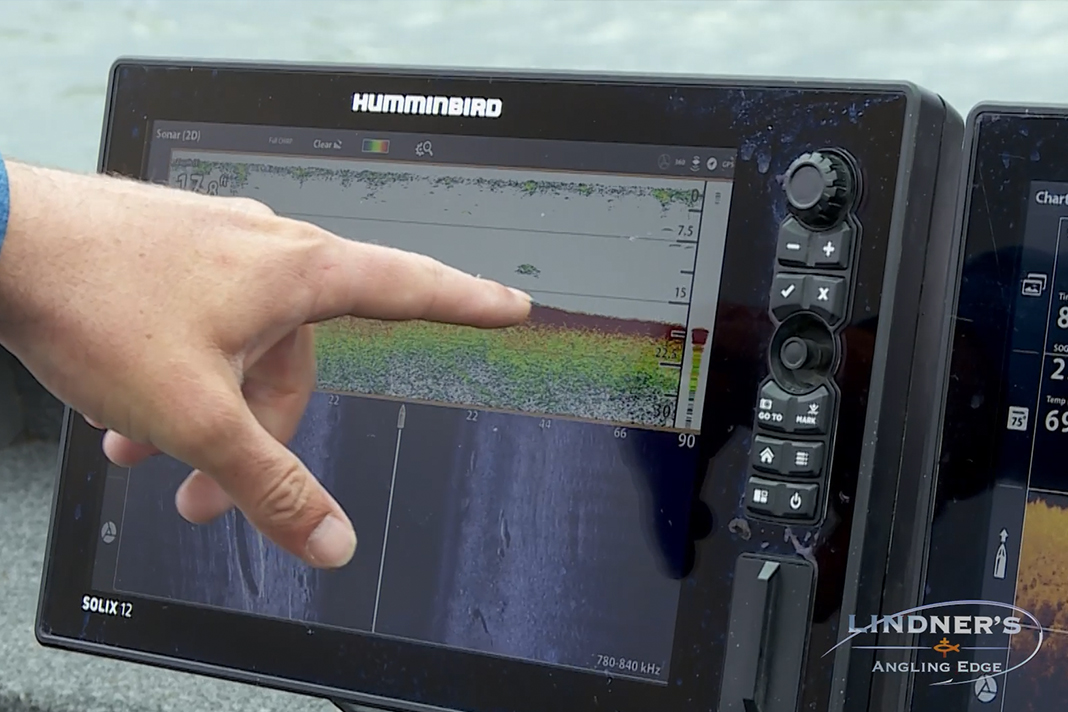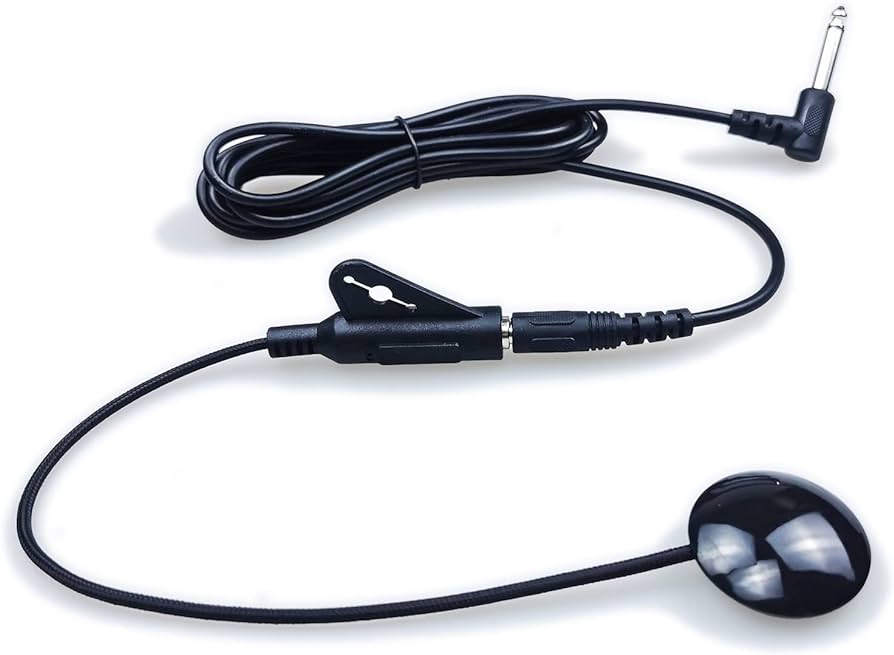Identifying fish species on fish finders is made easy by using advanced sonar technology that detects and displays detailed information about the underwater environment, including the type of fish present. Fish finders have revolutionized the way anglers approach fishing by providing real-time information about what lies beneath the surface.
These devices use sonar technology to transmit sound waves into the water and then interpret the returning signals to create a visual representation of the underwater world. By analyzing the shape, size, and movement patterns of the displayed targets, fishermen can determine the species of fish they are likely to encounter.
This valuable insight allows anglers to make informed decisions on bait selection and fishing techniques, increasing their chances of a successful and rewarding fishing trip.
The Importance Of Identifying Fish Species
The accurate identification of fish species is of utmost importance for any angler. Fish finders offer valuable assistance in this process by enabling easy identification through their advanced technology. By correctly identifying fish species, anglers can reap a multitude of benefits.
Firstly, it helps in understanding the specific characteristics and behaviors of different fish, thus enabling more effective fishing tactics. Additionally, species identification allows anglers to comply with fishing regulations and avoid unintentionally catching protected or endangered species. Moreover, it enhances the overall fishing experience by providing valuable information about the size, depth, and location of various fish species.
This knowledge empowers anglers to target specific species, increasing their chances of a successful and rewarding fishing trip. In conclusion, utilizing fish finders for accurate species identification has become an essential tool for modern anglers, greatly improving their fishing endeavors.
Understanding Fish Finder Technology
Fish finders are essential tools for identifying various fish species. They operate using advanced sonar technology, which plays a key role in the fish identification process. In fish finders, there are several key components that work together to provide accurate information about the fish below.
The sonar technology emits sound waves that bounce off objects in the water, allowing the device to detect fish and their location. By analyzing the echoes produced, fish finders can determine the size, depth, and position of the fish. This information is then displayed on the fish finder’s screen, enabling anglers to identify different fish species and make informed decisions about their fishing strategy.
With an understanding of fish finder technology, anglers can enhance their fishing experience and increase their chances of a successful catch.
Decoding Fish Finder Displays
Fish finders provide valuable information for identifying fish species. By decoding fish finder displays, you can interpret the fish arches and icons that appear on the screen. Additionally, understanding the depth and water temperature readings aids in identifying the fish species present.
Analyzing sonar returns further assists in fish identification. The key is to carefully observe the patterns and shapes displayed on the fish finder. Each species may have a distinct arch or icon associated with it. By familiarizing yourself with these indicators, you can confidently identify the fish species you encounter while using a fish finder.
So, next time you go fishing, make sure to pay attention to your fish finder display and unravel the secrets that lie beneath the surface of the water.

Credit: majorleaguefishing.com
Common Fish Species And Their Sonar Signatures
Fish finders are valuable tools for identifying different fish species both in freshwater and saltwater environments. In freshwater, some common species include bass, trout, and pike. These fish have distinct sonar signatures that can help anglers determine their presence. On the other hand, in saltwater, fish species like snapper, tuna, and grouper can be easily recognized on fish finders due to their unique sonar patterns.
By familiarizing themselves with these sonar signatures, fishermen can accurately identify the type of fish they are targeting. The ability to distinguish between different species is crucial for successful fishing trips, as it helps in selecting the appropriate bait and fishing techniques.
Fish finders revolutionize the way anglers approach fishing, providing them with the information needed to make informed decisions and increase their chances of a fruitful outing.
Advanced Techniques For Fish Species Identification
Advanced techniques for fish species identification involve utilizing the advanced features of fish finders. These include recognizing the unique sonar signatures of specific species and understanding their behavioral patterns. By analyzing the sonar readings, fishermen can accurately identify the fish species they are targeting.
This information is essential for successful fishing trips, as it helps fishermen make informed decisions about the best bait and fishing techniques to use. For example, certain species may respond better to different types of lures or have specific feeding habits that can be taken advantage of.
Therefore, by utilizing these advanced sonar features, fishermen can greatly improve their chances of catching the desired fish species and maximize their fishing experience.
Frequently Asked Questions On Identifying Fish Species On Fish Finders
How Can Fish Finders Help In Identifying Fish Species?
Fish finders use sonar technology to detect and display underwater objects, including fish. By analyzing the sonar readings and interpreting the displayed data, anglers can identify different fish species based on their size, shape, and behavior.
Can Fish Finders Differentiate Between Different Types Of Fish?
Yes, fish finders can differentiate between different types of fish. Each fish species has a distinct sonar signature, which appears as a unique pattern on the fish finder’s display. By comparing these patterns with fishing guidebooks or online references, anglers can accurately identify the species they encounter.
What Are The Key Features To Look For In A Fish Finder For Species Identification?
When choosing a fish finder for species identification, look for features like high-resolution display, advanced sonar technologies (like CHIRP or side imaging), GPS integration, and the ability to save and analyze sonar data. These features will enhance your ability to identify fish species accurately and efficiently.
Conclusion
Identifying fish species using fish finders provides a valuable tool for both amateur and professional anglers. With advancements in technology, fish finders have become more sophisticated, offering a range of features that can help differentiate between species. By understanding the various factors to consider when interpreting the sonar readings, such as depth, shape, and behavior, fishermen can enhance their fishing experience and increase their chances of success.
Furthermore, investing in a fish finder with advanced imaging capabilities, such as side scan and down scan sonar, can greatly improve species identification. It is important, however, to remember that fish finders are just a tool and should not replace the traditional skills and knowledge required for fishing.
By combining the power of technology with good old-fashioned angling techniques, fishermen can maximize their ability to accurately identify fish species and enjoy a successful day on the water.





